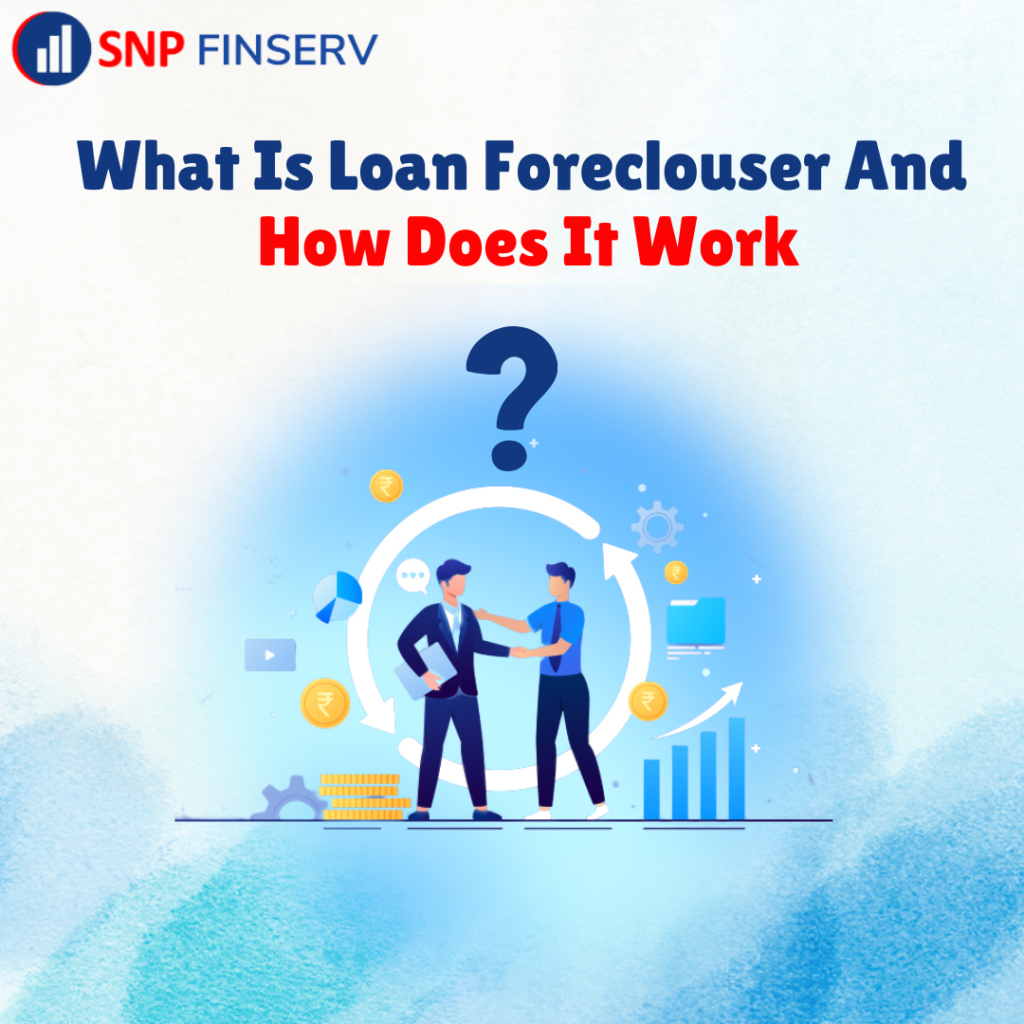
A loan foreclosure occurs when a borrower fails to repay their mortgage or loan as agreed, and the lender takes legal action to seize and sell the property to recover the unpaid debt. It’s a serious and often stressful process, but understanding how it works can provide more clarity for those facing it, or those just curious about the process.
Here’s a detailed breakdown of what foreclosure is and how it works:
- The Basics of Foreclosure
Foreclosure is the legal process in which a lender, typically a bank, takes possession of a property due to the homeowner’s failure to make required mortgage payments. This usually happens when a borrower falls behind on their loan payments for several months. - The Process of Foreclosure
Foreclosure doesn’t happen overnight. It involves several steps, which can vary by state and the specifics of the loan agreement. Here’s a general overview:
a. Missed Payments
The process typically begins when the borrower misses one or more mortgage payments. Lenders usually allow a grace period, but if payments continue to be missed, they begin sending notices and warnings.
b. Pre-Foreclosure Phase
This is the phase where the lender starts formal collection efforts. Borrowers might get a “Notice of Default” (NOD), which signals that they have defaulted on their loan and need to catch up on payments or face foreclosure. During this time, the borrower can negotiate with the lender, work out a repayment plan, or even sell the property to avoid foreclosure.
c. Foreclosure Action
If no agreement is reached during the pre-foreclosure phase, the lender may file for foreclosure in court (judicial foreclosure) or without going to court (non-judicial foreclosure), depending on state laws. This action allows the lender to take legal steps toward repossessing the property.
d. Auction
Once the foreclosure process is officially underway, the property is typically auctioned off. The auction is usually held at a public place, like the courthouse. The property is sold to the highest bidder, which could be the lender or an external buyer. The proceeds from the auction are used to pay off the remaining loan balance.
e. Post-Foreclosure
After the auction, if the property is not sold or there’s a surplus after the sale, the home is typically taken into the lender’s possession and becomes an REO (Real Estate Owned) property. The lender may then try to sell it again on the market to recover their losses.
- Types of Foreclosures
There are two main types of foreclosure:
Judicial Foreclosure: This process requires the lender to file a lawsuit in court to obtain permission to foreclose. The borrower has the opportunity to present their case in court.
Non-Judicial Foreclosure: In states that allow this, the lender can begin the foreclosure process without involving the courts. Typically, this is a faster process and is common in states with a deed of trust.
- Impact on Borrowers
The effects of foreclosure can be severe:
Credit Score: A foreclosure can drop a borrower’s credit score by 100 points or more, making it harder to get future loans or credit.
Deficiency Judgment: In some cases, if the sale of the home doesn’t cover the full loan balance, the lender may pursue a deficiency judgment, requiring the borrower to pay the remaining balance.
Eviction: Once the property is foreclosed and the lender takes possession, the borrower is usually evicted.
- Avoiding Foreclosure
There are several ways homeowners might avoid foreclosure if they’re struggling to make payments:
Loan Modification: Working with the lender to change the terms of the loan, such as reducing the interest rate or extending the repayment period.
Refinancing: Refinancing the mortgage for better terms, especially if the borrower’s credit situation has improved.
Forbearance: Temporarily reducing or pausing payments for a period of time.
Selling the Home: In some cases, selling the home may be a better option than going through foreclosure.
- Foreclosure Alternatives
There are also alternatives to foreclosure that a homeowner might explore:
Short Sale: The borrower sells the property for less than the loan amount, and the lender agrees to accept the proceeds as full payment.
Deed in Lieu of Foreclosure: The borrower voluntarily transfers the title of the property to the lender in exchange for cancellation of the loan.
- Effects on the Housing Market
Foreclosures can affect the housing market by increasing the inventory of homes for sale, which could drive property prices down, especially in areas with high foreclosure rates. It can also affect neighborhoods, potentially leading to vacant homes and deteriorating property conditions.
